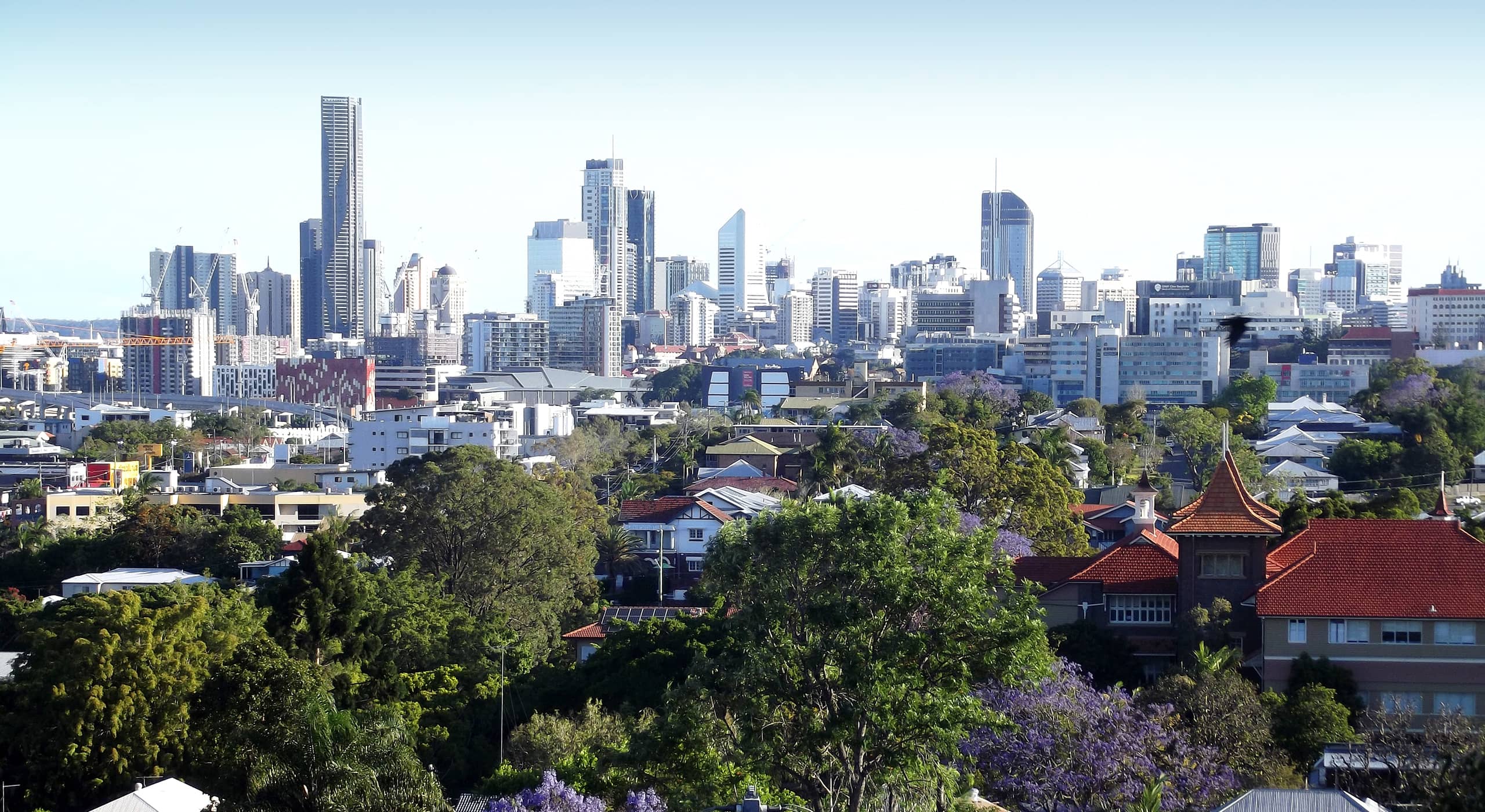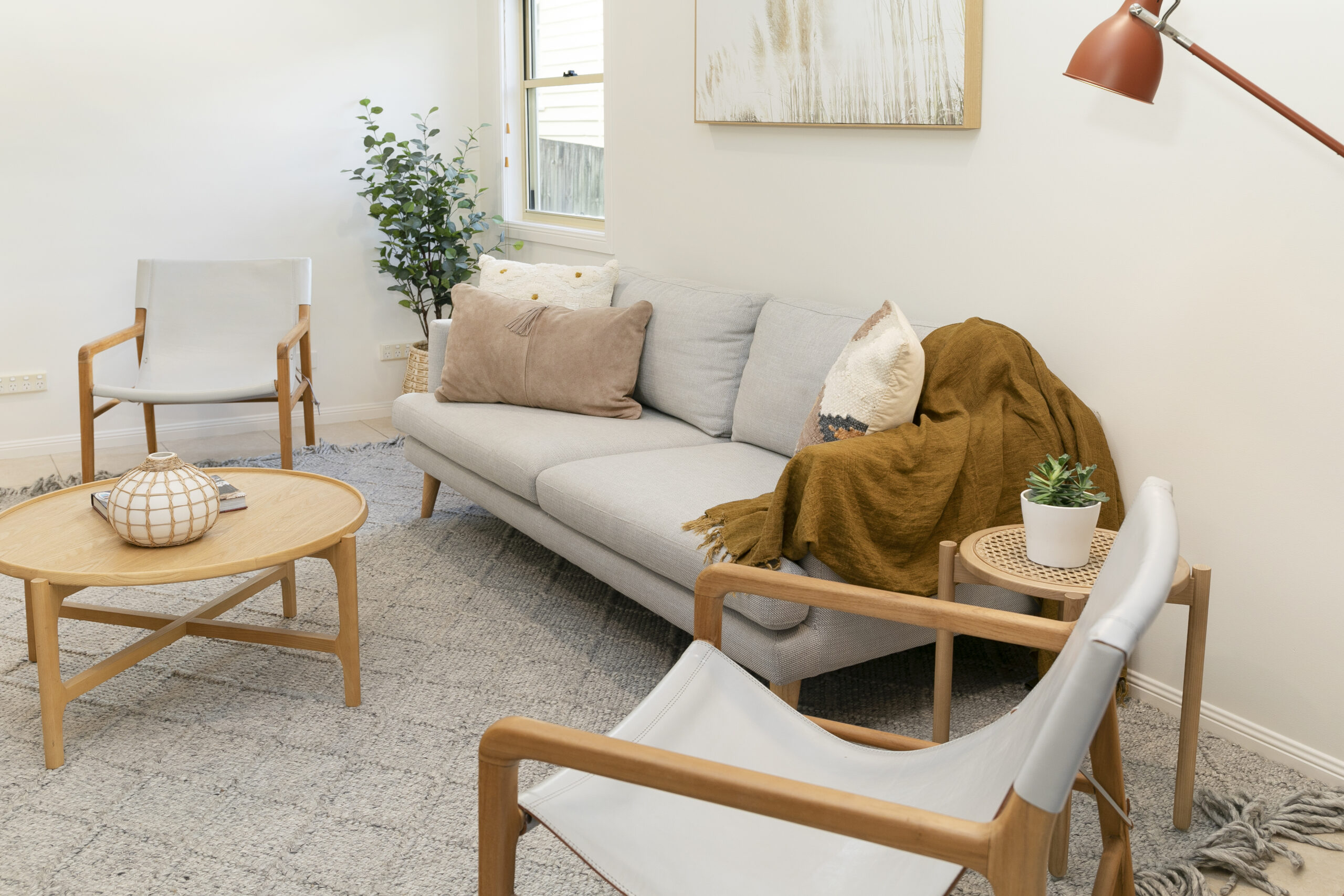
SOMETHING big is helping to hold up our real estate prices as the envy of much of the world.
How big, you ask? Try $439 billion, which is how much money Aussies have sitting in their self-managed superannuation funds.
The fastest-growing component of our $1.4 trillion super sector, SMSFs enable investors to own direct property and enjoy the massive tax benefits super can deliver at retirement.
Quest Serviced Apartments manages properties in three countries and says more than 60 per cent of its purchasers are buying through SMSFs.
The Self-Managed Superannuation Professionals Association of Australia (SPAA) says there has been a lot of talk about property in super since rules changed five years ago to allow SMSFs to borrow money to buy assets, while Australian Taxation Office figures show the use of residential real estate in SMSFs has grown 40 per cent in four years to about $15 billion. That’s still a small part of the overall SMSF sector so there is plenty of room for growth.
From a financial sense, using a SMSF to hold an investment property can be a brilliant strategy for people approaching retirement.
That’s because once you retire and switch your SMSF from the saving phase to the pension-paying phase, rental income is tax-free and you pay no capital gains tax when selling.
For example, a regular investor who buys a $500,000 investment property that doubles in value over 10 years will have to pay tax on $250,000 of that gain a rather unpleasant tax bill of up to $116,000.
However, if that property is bought within a SMSF and sold once the fund has started paying a retirement pension, the tax is a big fat zero. You can’t get better than that.
While tax-wise it can be very powerful, from an investment sense using a SMSF to hold direct property may not be so flash.
For starters, most experts say you need at least $200,000 in an SMSF to make it cost-effective because of the running costs involved.
Also, a key to investment success is diversification. If property is your main investment outside the super environment, it may not be wise to make it the main one inside super too.
Cash, shares, fixed interest and infrastructure investments in Australia and overseas offer diversification benefits that holding all your eggs in the property basket do not. SPAA also says that equity, profits, income and tax losses are quarantined within the SMSF.
Growing interest from SMSFs is likely to help house prices in the decades ahead, but before you take the plunge make sure you understand the pros and cons and are prepared to do the extra work that running a SMSF requires.
Anthony Keane is editor of Your Money, which appears in News Limited newspapers on Mondays.
1. Residential property in self-managed super funds
2. WHERE SELF-MANAGED SUPER FUNDS INVEST
Shares $127 billion
Cash and term deposits $115 billion
Trusts and managed investments $77 billion
Non-residential real property $46 billion
Residential real property $15 billion
Debt securities and loans $5 billion
Overseas assets $3 billion


